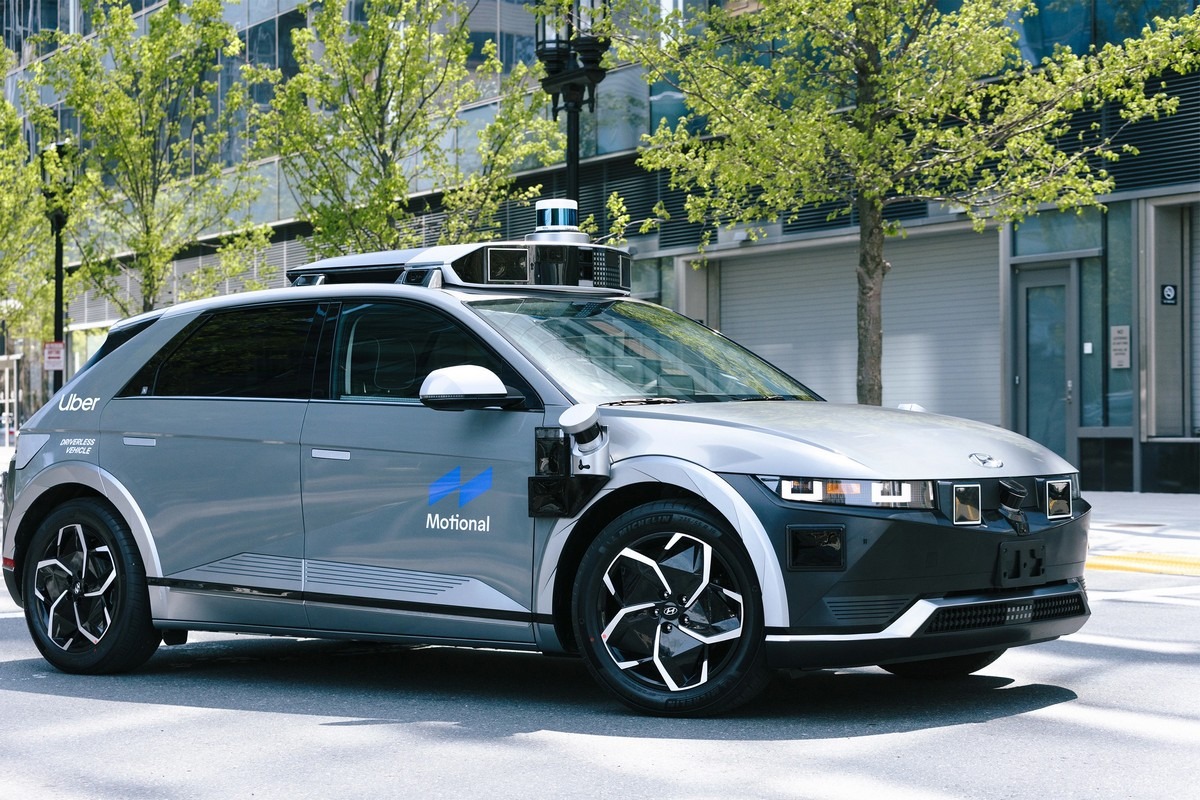China is preparing to make robotics history with the world's first full-size humanoid robot fighting tournament. The event, called the EngineAI Robot Free Combat Tournament: "Mecha King," will take place in Shenzhen, a major tech hub in southern China.
More Than Entertainment
While robot fighting might sound like science fiction entertainment, organizers say this tournament has serious goals. They want to test how well robots can move, think, and make decisions under pressure. The competition is designed to push the boundaries of artificial intelligence and help speed up the use of robots in factories and everyday life.
"One of the goals of the tournament is to create stronger, more agile and intelligent robots," explained Yao Aiwen, co-founder of EngineAI, the company organizing the event. The Shenzhen-based robotics company will provide several different models of humanoid robots for teams to use.
Open Source Robot Fighters
What makes this tournament unique is that EngineAI plans to make their robot software open source. This means participating teams can customize and train their robot fighters however they want. Teams will be able to program their robots' fighting styles, strategies, and responses to different situations.
The tournament will have special rules requiring robots to move naturally like humans and make smart decisions during combat. This is much more challenging than programming robots for simple, repetitive tasks.
Testing Real-World Skills
The fighting format serves as an extreme test for robot capabilities. If robots can handle the complex, fast-paced decisions needed in combat, they'll be better equipped for real-world applications like manufacturing, healthcare, and service jobs.
"When robots can dance, play sports, and perform other activities, they will be easier to use in everyday life and in production," Yao Aiwen noted. The idea is that robots mastering these dynamic skills will accelerate their adoption across multiple industries.
Two Major Robot Competitions
Shenzhen isn't the only Chinese city hosting robot combat events. On the same day as this article's publication date (May 25), Hangzhou in eastern China will hold the world's first martial arts competition for humanoid robots.
The Hangzhou event includes both demonstrations and competitive matches. Some robots will show off combat techniques they've learned, while others controlled by human operators will engage in sparring sessions.
Unitree Robotics, based in Hangzhou, is the main partner for that competition. Their engineers spent months training robots specifically for combat, focusing heavily on balance and stability - crucial skills for any fighting robot.
China's Robot Boom
These competitions highlight China's rapid growth in robotics technology. The numbers are impressive: Hangzhou alone has over 200 robotics companies, with robot production worth about $2 billion in 2024.
Guangdong Province, where Shenzhen is located, produced more than 240,000 industrial robots in 2024 - a 31% increase from the previous year. According to official news sources, one out of every three industrial robots made in China now comes from Guangdong.
The robot fighting tournaments represent more than just technological showmanship. They're part of China's broader strategy to become a world leader in artificial intelligence and robotics. By pushing robots to perform in challenging, unpredictable situations like combat, developers can identify weaknesses and make improvements.
The competitions also serve as a testing ground for the kind of advanced AI that robots will need for complex real-world tasks. A robot that can adapt and respond in a fighting match might eventually help with disaster rescue, elderly care, or dangerous industrial work.
What This Means
While robot fighting might seem like something from a movie, these tournaments could mark an important step toward more capable, intelligent robots. By combining sports with AI technology, China is creating new ways to develop and test robotic systems.
The success of these events could influence how other countries approach robotics development and testing. As robots become more sophisticated, we may see more creative competitions designed to push the limits of what artificial intelligence can achieve.
For now, the world will be watching to see how well these humanoid fighters perform and what lessons can be learned from putting robots in the ring.


















